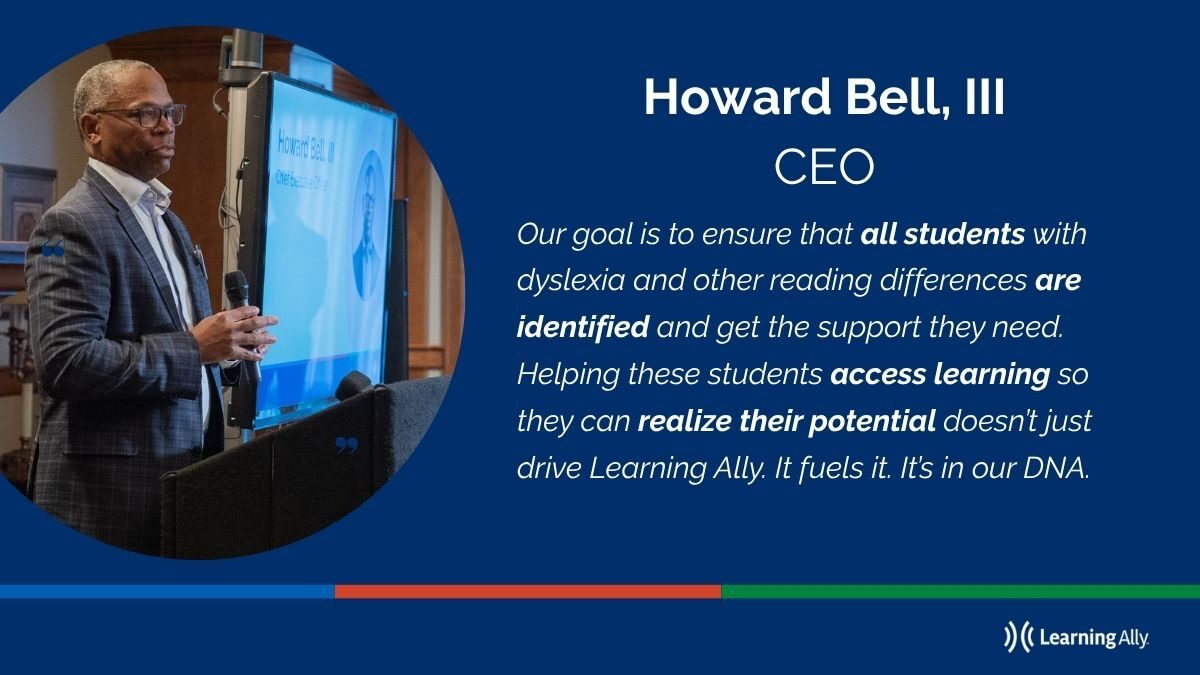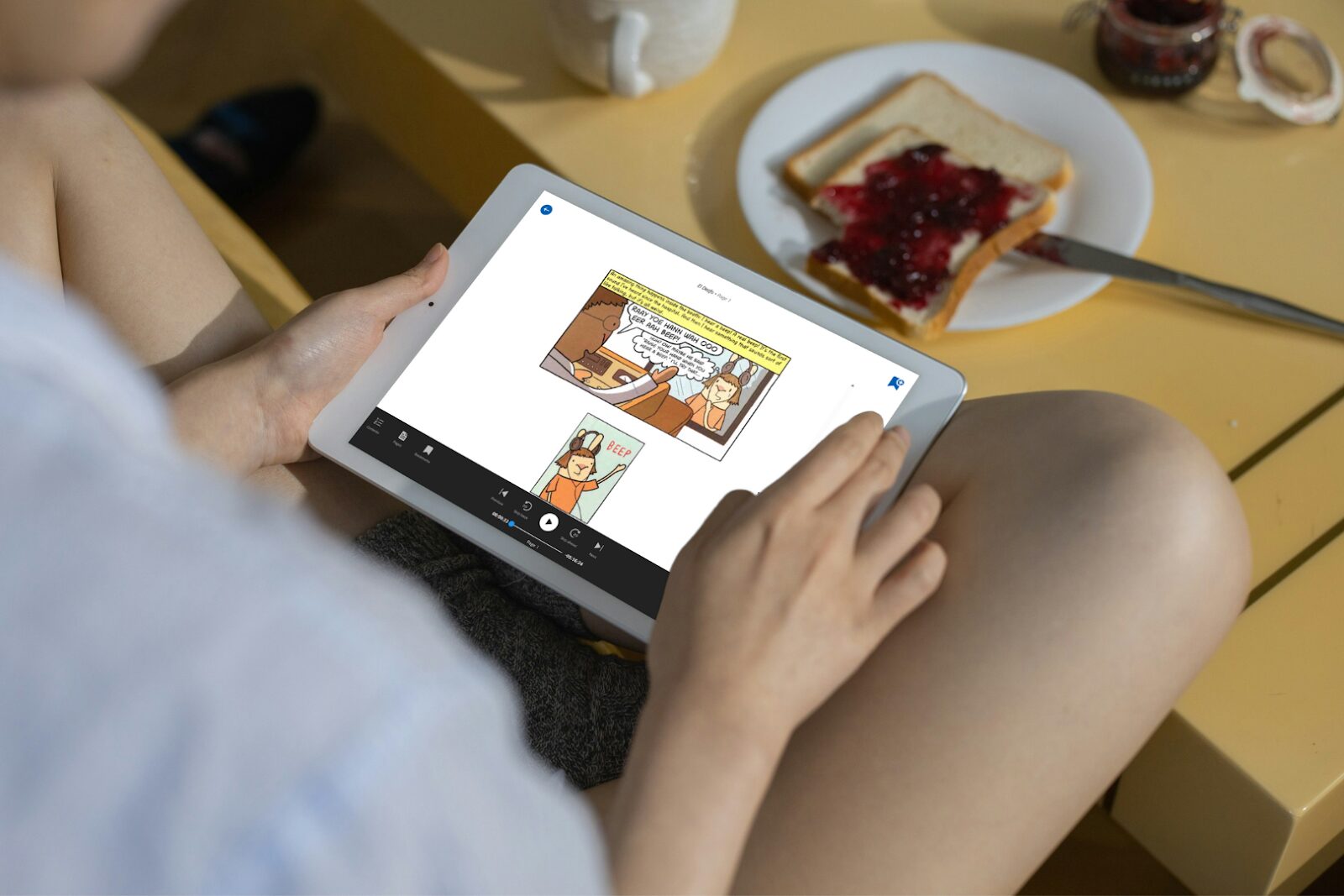Every year, educators look for proven ways to motivate reluctant readers, build consistent reading habits, and create that spark—the moment students see themselves as capable, confident readers. Learning Ally’s Great… Read more
Categories: Great Reading GamesLearning Ally Blog: Access and Achievement
Now more than ever, people with learning and visual disabilities are flourishing in the classroom, launching productive careers and becoming assets in their communities. This blog spotlights remarkable individuals who demonstrate that having a visual or print disability is no barrier to educational success.
Winter break brings a much-needed pause for students—and a perfect opportunity to keep reading routines going in fun, flexible ways. Whether families are traveling, relaxing at home, or juggling a… Read more
Categories: ActivitiesWelcome New Member Lynne Munson Learning Ally’s impact—reaching millions of students with reading differences nationwide—doesn’t happen by accident. Behind the organization’s innovation and growth is a dedicated Board of Directors:… Read more
Categories: In the NewsA New Path Into Reading With Less Frustration For many students with dyslexia, ADHD, or other reading challenges, books can feel like a wall rather than a window. Dense text,… Read more
Categories: Audiobook Library



